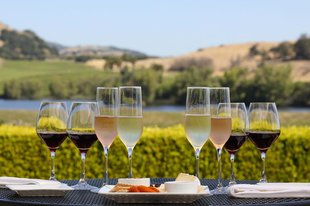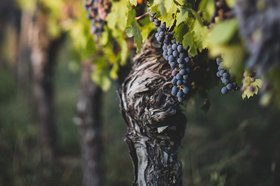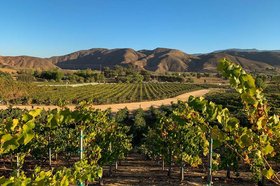Napa Vintage Chart: 1990 to 2021 (10 Best Bottles To Buy Now)
Napa vintage charts will give you a good idea of the quality and character of the vintages from this sought-after region.
They’ll help you make an informed choice when faced with the question of which bottles to invest in for the long run, and which ones to uncork now!
In this article, we’ll look at a Napa vintage chart from 1990 to 2021. We’ll also include some of the best Napa Valley wines and tell you how to invest in these wines through Vinovest.
Further reading
- Explore The Best Napa Valley Wineries that should be on every collector's radar.
- Take a look at the 10 Best Wines to Collect now!
Napa Valley Vintage Chart (Vintage Summary, Rating, Drinking Window)
Below is a wine vintage chart of Napa Valley vintages dating to 1990:
2021

Beginning with low rainfall, 2021 saw the second year of drought in Napa Valley, creating small, intensely flavored berries. The vines produced a more natural lode, requiring less pruning and dropping of fruit. This resulted in flavorful fruit, which may create an excellent year for California wine.
2020
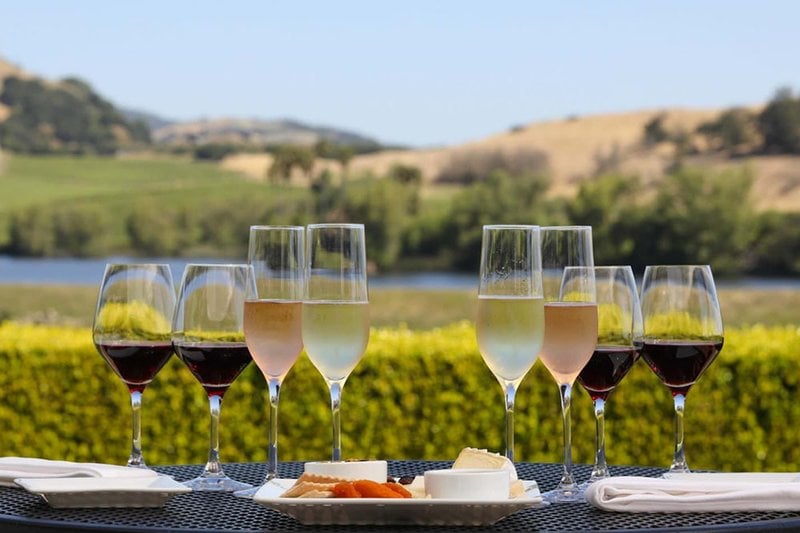
2020 had a warm, dry winter with no rainfall and cold weather until March. Summer brought cold mornings and hot days. However, the build-up to the harvest was marred by two wildfires. Although the red wine harvest was small, many wineries could still produce decent quantities. If you’re a wine enthusiast, this could be one to watch.
2019

2019 began with ample rainfall resulting in late soil moisture. The summer was long and warm, while foggy mornings created the ideal conditions for vibrant, expressive wines.
The mild end to the season helped preserve the fruit’s freshness, while longer hang times encouraged the development of lovely color, structure, and good tannin. A great year for red wine.
Avg. Rating:
- Chardonnay: 92
- Cabernet Sauvignon: 94
- Zinfandel: 90
Drinking window: Hold
2018

Abundant rains in February were followed by lots of gentle light in the spring and early summer. Bud break and flowering occurred slightly later but under near-perfect weather conditions. This allowed the fruit to develop complex flavors with gradual increases in sugar levels. Overall, a good year for the wine region.
Avg. Rating:
- Chardonnay: 93
- Cabernet Sauvignon: 94
- Zinfandel: 90
Drinking window: Hold
2017

2017 was a challenging year for the Napa Valley wine region. Heavy rainfall in February ended the drought period, followed by a mild spring, extending the flowering time. The good growing weather turned into sweltering days in early September. Fierce wildfires then raged in early October, raising the likelihood of smoke taint.
Avg. Rating:
- Chardonnay: 90
- Cabernet Sauvignon: 90
- Zinfandel: 89
Drinking window: Hold
2016
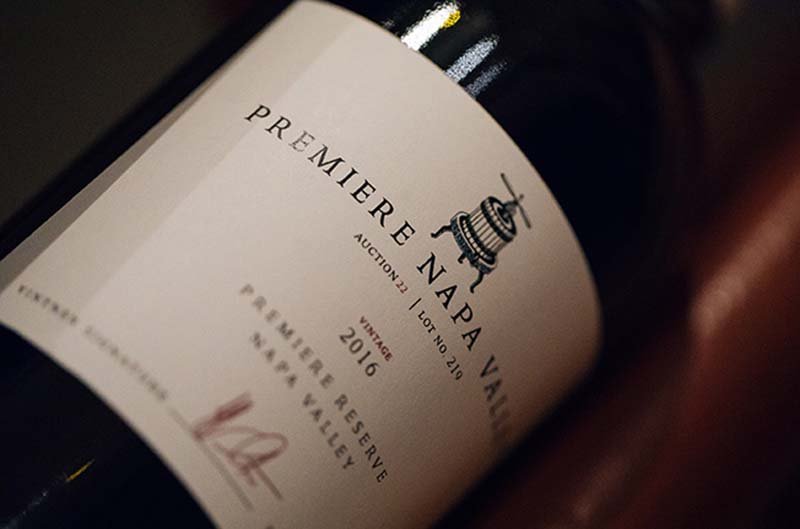
Mother nature offered a near-perfect wine growing year in 2016. A comparatively mild July and August followed by warmer days created grapes of perfect ripeness. This was the fifth consecutive vintage of exceptional quality Napa Valley wines.
Avg. Rating:
- Chardonnay: 94
- Cabernet Sauvignon: 95
- Zinfandel: 93
Drinking window: Hold
2015
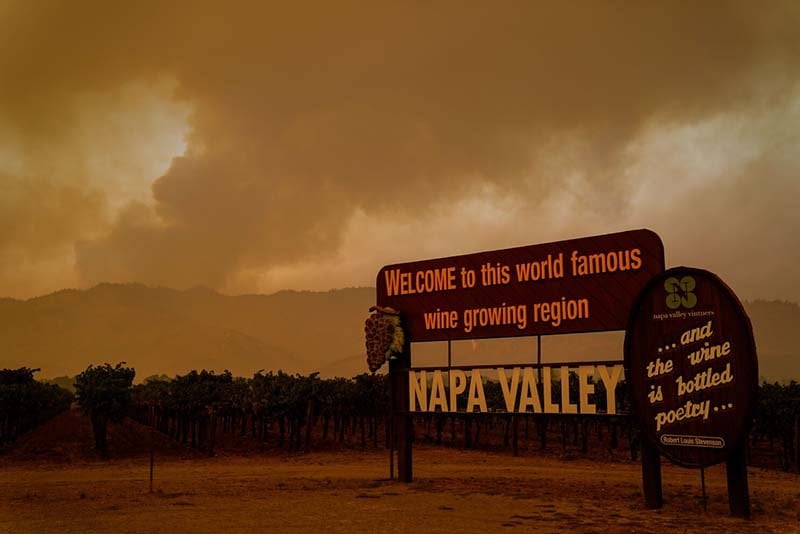
The growing season began with warm temperatures in late winter and early spring, resulting in early bud break. This, coupled with a cold spell during flowering, led to significantly lower yields.
2015 had one of the earliest harvests recorded in Napa Valley, beginning on July 22. The Valley Fire diminished an otherwise great growing year, though there were no reports of smoke taint.
Avg. Rating:
- Chardonnay: 90
- Cabernet Sauvignon: 95
- Zinfandel: 93
Drinking window: Drink or hold
2014
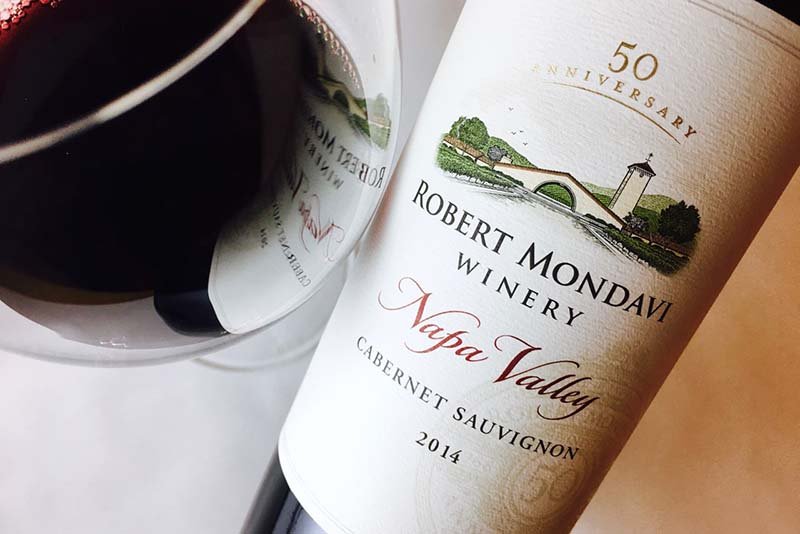
Vines received heavy rainfall in February and March, offering a nice reprieve from the dry weather as they began bud break.
The lack of rainfall resulted in smaller berries with more concentrated flavors, which many winemakers acknowledge as a prominent factor in the outstanding quality of 2014 Napa Valley wines.
Avg. Rating:
- Chardonnay: 92
- Cabernet sauvignon: 94
- Zinfandel: 93
Drinking window: Drink or hold
2013
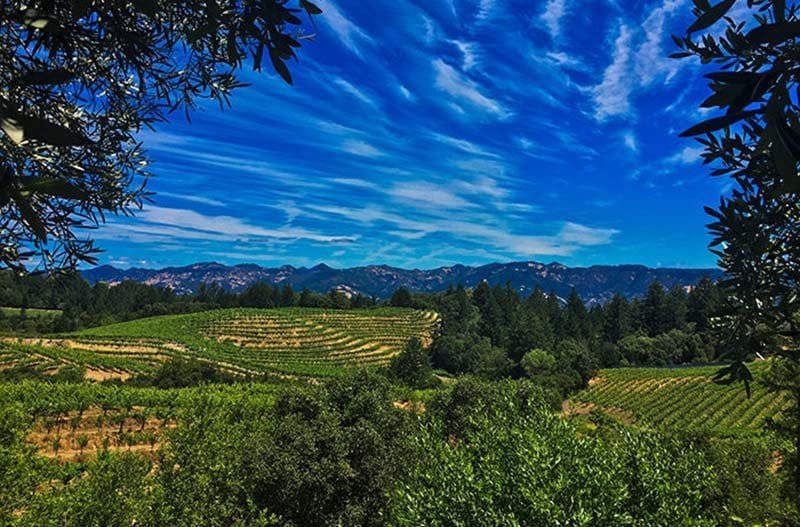
2013 was close to flawless. A warm and dry spring brought an early bud break, creating ideal flowering and fruit set conditions. Aside from one heat spike in late June and early July, temperatures largely remained within the optimal region for vine growth. A good year to be a Napa Valley winemaker, with reds offering tasting notes of rich fruit.
Avg. Rating:
- Chardonnay: 91
- Cabernet Sauvignon: 95
- Zinfandel: 93
Drinking window: Drink or hold
2012
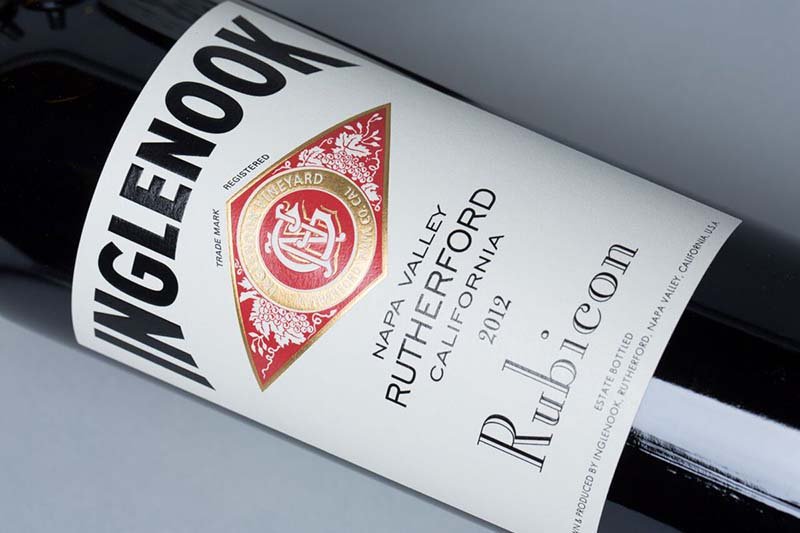
Excellent growing conditions saw an almost perfect spring bud break, steady flowering, and even fruit set. Light rains held off until the grapes were at optimal ripeness. Record-sized crops allowed Napa Valley vintners to use only the best grapes. If you’re a wine lover, this is a great vintage worth cellaring.
Avg. Rating:
- Chardonnay: 91
- Cabernet Sauvignon: 95
- Zinfandel: 92
Drinking window: Drink or hold
2011
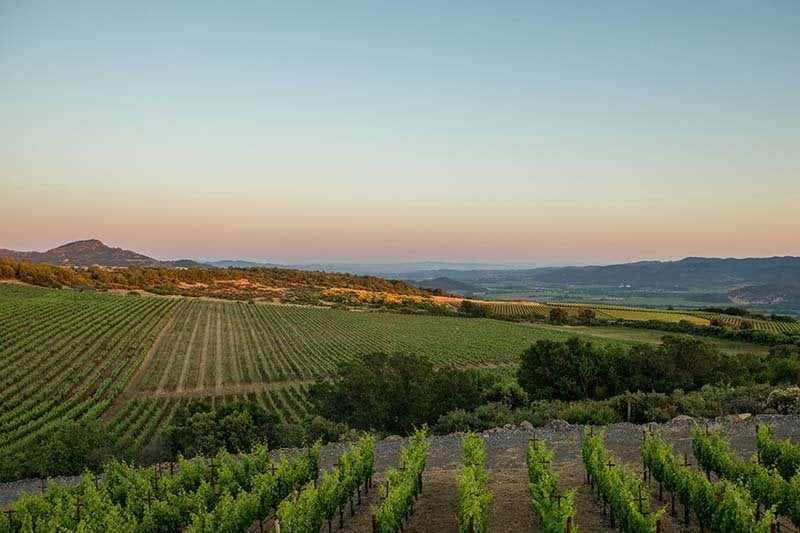
Mother Nature threw another curveball in 2011 with uncharacteristic rain. Heavy rainfall until mid-June resulted in delayed bloom and disrupted fruit set, causing shatter in some parts of Napa Valley.
Mid-October rains were broken by a long Indian summer, providing some much-needed ripening time. Another tough year for California wine.
Avg. Rating:
- Chardonnay: 87
- Cabernet Sauvignon: 89
- Zinfandel: 88
Drinking window: Drink or hold
2010
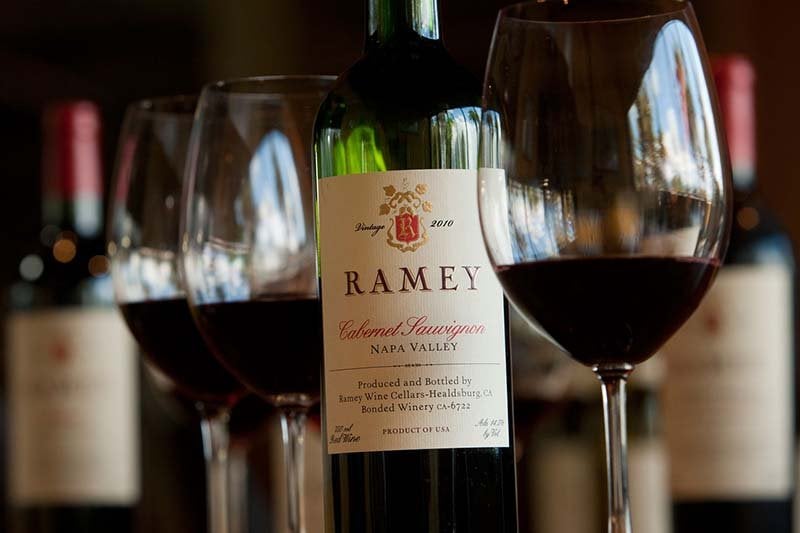
2010 marked the return of rainfall after three dry years, delaying bud break, flowering, and fruit set. A two-day heat spike coincided with the first day of harvest, burning some grapes. While the growing season’s wild swings delayed and shortened the harvesting season with lower yields, the grape bunches developed concentrated flavors that created great wine.
Range rating:
- Chardonnay: 87
- Cabernet Sauvignon: 89
- Zinfandel: 89
Drinking window: Drink or hold
2009

2009 was a more predictable year for wine growers than 2008. Rains in late spring followed by warmer weather in June helped curb excessive canopy growth. The region received two-thirds of its average rainfall and enjoyed a relatively cool growing season.
Range rating:
- Chardonnay: 88
- Cabernet Sauvignon: 89
- Zinfandel: 89
Drinking window: Drink or hold
2008

Winemakers struggled with frost, which persisted through perfect daytime spring temperatures until a multi-day heat spike occurred as the vines were flowering. This created fewer grape clusters with smaller grapes.
Erratic weather continued throughout the year, yet cooler temperatures prevailed, allowing reds optimal hang time.
Range rating:
- Chardonnay: 87
- Cabernet Sauvignon: 92
- Zinfandel: 89
Drinking window: Drink or hold
2007
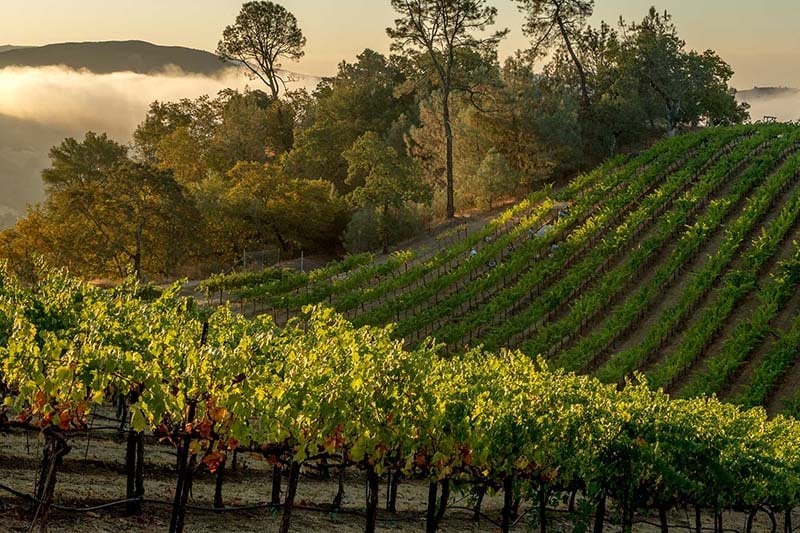
This was an excellent year to be a Napa Valley winemaker. 2007 began with a warmer winter, continuing into spring, resulting in earlier budding, bloom, and set. A Labor Day heat spike saw the close to summer.
Warm, clear days expedited the harvest of an excellent quality vintage. This was a good year for the Zinfandel wine lover.
Range rating:
- Chardonnay: 90
- Cabernet Sauvignon: 95
- Zinfandel: 94
Drinking window: Drink
2006

The year began with flooding as heavy rains continued to spring, resulting in delayed bud break. The clouds finally broke by the end of June, leading to a record-breaking 10-day heatwave in mid-July.
Cooler weather throughout August allowed for slow and deliberate ripening and a long harvest period. 2006 offers concentrated and age-worthy wines.
Avg. Rating:
- Chardonnay: 86
- Cabernet Sauvignon: 90
- Zinfandel: 87
Drinking window: Drink
2005
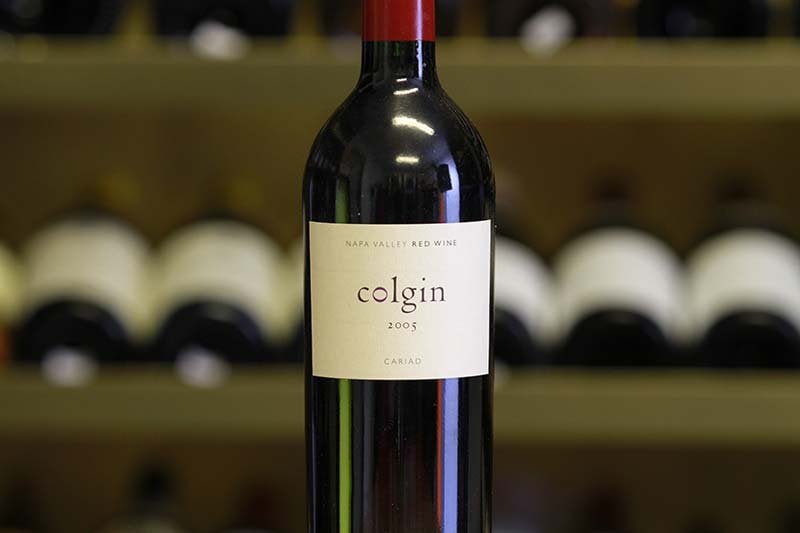
2005 began with record-breaking precipitation late into the growing season. Summer was mild with few heat spikes. As the months inched closer to September, fog and cool temperatures became a concern as sugar levels were low in all varieties.
Warm, nearly perfect conditions made for a later than average harvest, allowing grapes longer hang times with excellent sugar development and balanced acids. A terrific year for reds, especially Napa Cab. One to look out for if you’re a wine enthusiast.
Avg. Rating:
- Chardonnay: 86
- Cabernet Sauvignon: 96
- Zinfandel: 87
Drinking window: Drink
2004
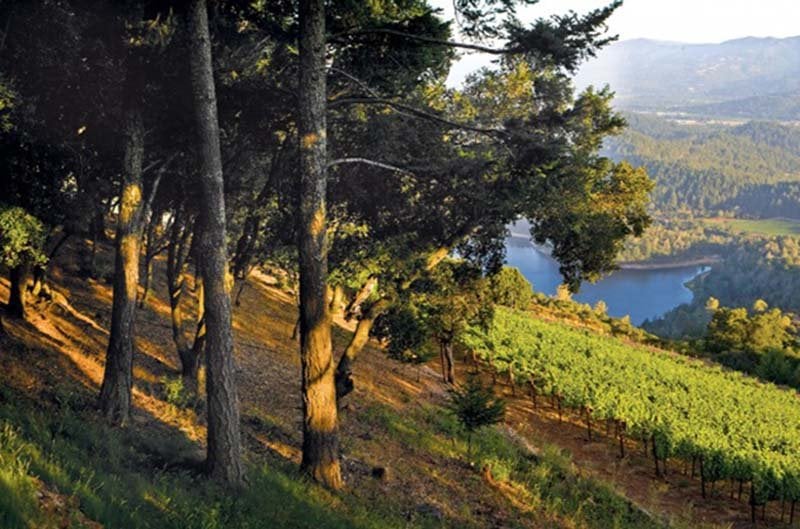
2004 is remembered as having one of the earliest bud breaks in memory. Summer experienced several heat spikes.
Grapes completed veraison early with well-developed sugars in all varieties. Acid balance was slower but eventually caught up. Temperatures remained steady as Napa Valley began one of its earliest ever harvests. A small crop producing harmonious tasting notes.
Avg. Rating:
- Chardonnay: 85
- Cabernet Sauvignon: 90
- Zinfandel: 90
Drinking window: Drink
2003

Unpredictable is a good word to describe 2003. The growing season began with a series of heat spikes, followed by the wettest April on record. A long, cool summer provided ample time for fruit flavors to develop.
Range rating:
- Chardonnay: 85
- Cabernet Sauvignon: 90
- Zinfandel: 88
2002

2002 was a long and generally mild growing season, with warm weather closing out September, which enhanced grape ripeness and concentrated the fruit flavors. Frost in early April followed by May rains led to a mild summer with ideal growing conditions.
Range rating:
- Chardonnay: 90
- Cabernet Sauvignon: 93
- Zinfandel: 86
Drinking window: Drink
2001
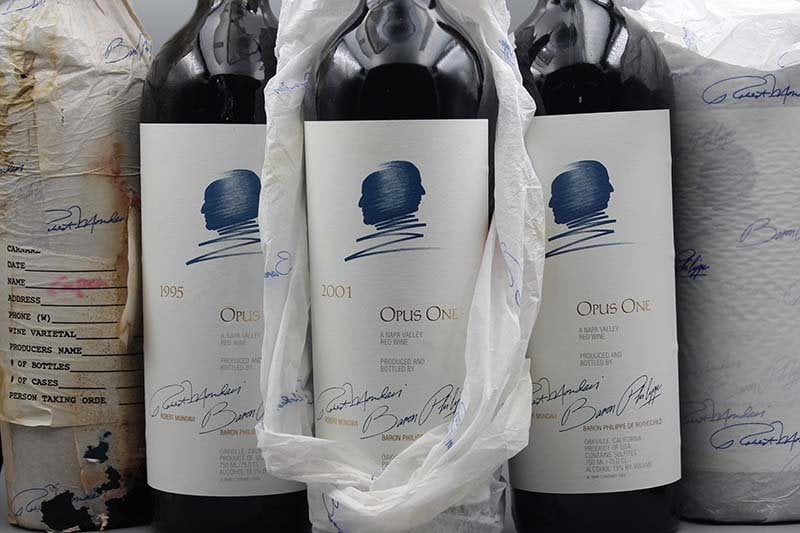
Volatile temperatures began with a cold March, followed by two heat spikes that resulted in a slightly earlier bloom. The hottest May on record led to the third hottest June, causing an early harvest.
Fortunately, August saw a drop to near-perfect temperatures, letting grapes settle and extend the hang time, leading to another great wine year, especially for Napa Cab.
Range rating:
- Chardonnay: 90
- Cabernet Sauvignon: 98
- Zinfandel: 91
Drinking window: Drink
2000

Napa Valley entered the 21st century with an ideal growing season. Spring and summer weather remained predictable, producing exceptional-quality fruit. There was a three-day heatwave in June and ominous rain clouds in August, creating a compact harvesting period ending mid-October.
Avg. Rating:
- Chardonnay: 88
- Cabernet Sauvignon: 93
- Zinfandel: 85
Drinking window: Drink
1999
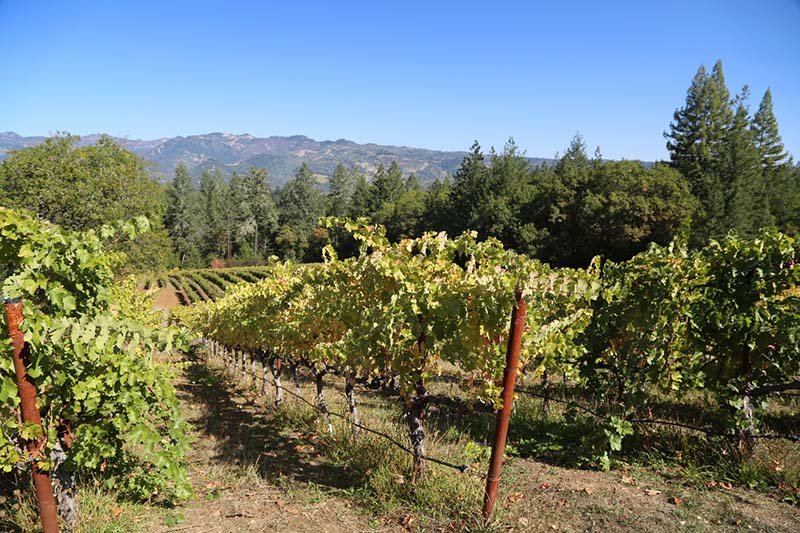
A cool spring gave way to a mild summer, with just one heat spike recorded. The 1999 vintage ripened under conditions that allowed a long hang time, creating grapes with concentrated flavors and firm acidity. Napa Valley Cabernet had a much better year than 1998.
Avg. Rating:
- Chardonnay: 88
- Cabernet Sauvignon: 93
- Zinfandel: 90
Drinking window: Drink
1998

This was a tough year for Napa Valley wine. El Niño resulted in an unusually wet spring and late summer, making it a challenging year for Napa Valley vintners. Grape clusters were subject to uneven ripening and threatened by sunburn. As harvests were delayed, growers were thankful for persistent warm weather.
Although grape clusters were small and light, they were packed with complexity.
Avg. Rating:
- Chardonnay: 87
- Cabernet Sauvignon: 85
- Zinfandel: 85
Drinking window: Past peak
1997
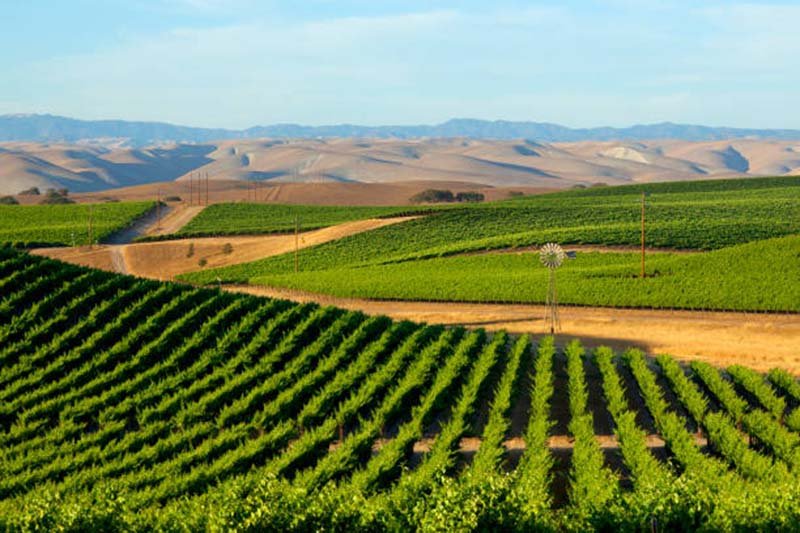
Warm, dry weather at the beginning of the year triggered bud break a month early, with bloom following in early May. A moderate summer allowed the grapes a good hang time, developing rich character and flavors. 1997 was a year of many compelling wines.
Avg. Rating:
- Chardonnay: 94
- Cabernet Sauvignon: 96
- Zinfandel: 89
Drinking window: Drink
1996

A warm winter with plenty of rainfall launched the growing season off with an early bud break. Many vineyards experienced shatter resulting from a cool spring and rainy May, reducing crop sizes.
Fortunately, a warm summer and several heat spikes increased veraison and ripening. This, coupled with a cool September, heightened grape flavors and balanced the fruit, creating good wine.
Avg. Rating:
- Chardonnay: 90
- Cabernet Sauvignon: 93
- Zinfandel: 88
Drinking window: Drink
1995
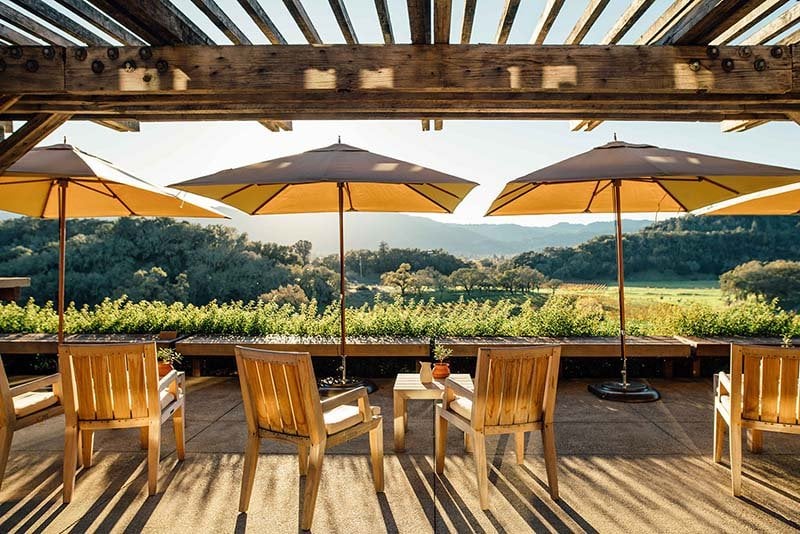
The 1995 growing season began late. The summer heat helped accelerate the grapes’ maturity, but the harvest was late and had low yields. A moderate Indian Summer allowed for extended hang times for red varieties. Despite the challenges, 1995 was a surprisingly good wine year.
Avg. Rating:
- Chardonnay: 92
- Cabernet Sauvignon: 94
- Zinfandel: 87
Drinking window: Drink
1994
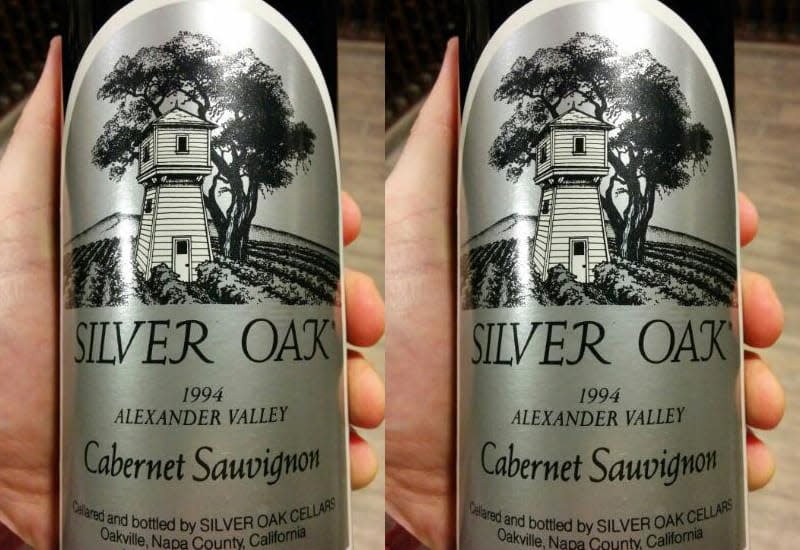
A mild growing season resulted in smaller yields of richly concentrated fruit. Two weeks of hot weather at the beginning of August created some uneven coloring during veraison. Growers compensated for this thinning fruit to allow only the best grapes to mature.
Avg. Rating:
- Chardonnay: 88
- Cabernet Sauvignon: 95
- Zinfandel: 92
Drinking window: Drink
1993
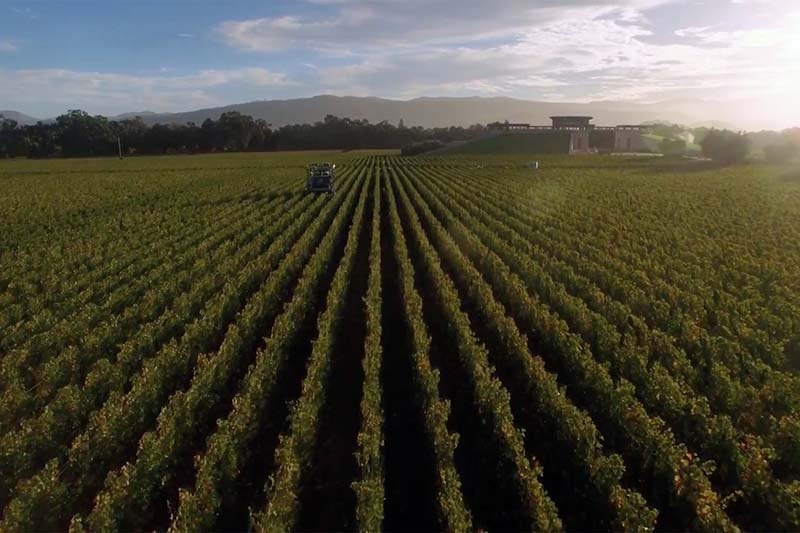
Spring was warm and uneventful, aside from one unexpected rain storm during bloom. Cool temperatures with intermittent heat spells throughout August and September led to several sporadic harvests. Generally, a good vintage year with a few compelling wines.
Avg. Rating:
- Chardonnay: 90
- Cabernet Sauvignon: 90
- Zinfandel: 90
1992

Unseasonable rains in June raised worries, but warm, dry weather soon followed and continued throughout the summer. The harvest began under high temperatures, fearing that all varieties would ripen simultaneously. Thankfully, cool nights and foggy mornings allowed for a more relaxed harvest period, leading to a solid vintage year.
Avg. Rating
- Chardonnay: 92
- Cabernet Sauvignon: 93
- Zinfandel: 90
Drinking window: Drink
1991
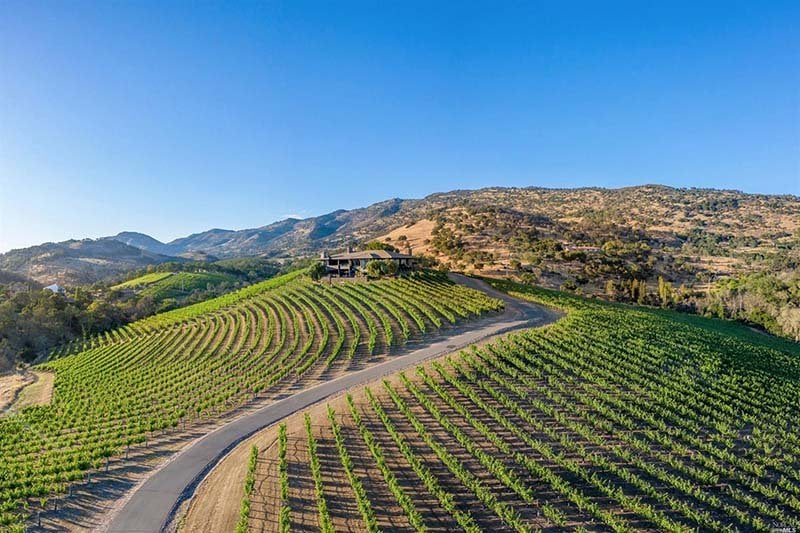
A freeze in late December 1990 meant the vines began the 1991 growing season in a state of dormancy. Heavy rainfall in the run-up to bud break, followed by ideal weather during bloom, ensured a large set of excellent fruit. A heat spike in early July helped concentrate the fruit flavors while balancing the acidity. Ultimately, a solid vintage with complex wines.
Avg. Rating
- Chardonnay: 85
- Cabernet Sauvignon: 94
- Zinfandel: 91
Drinking range: Drink
1990
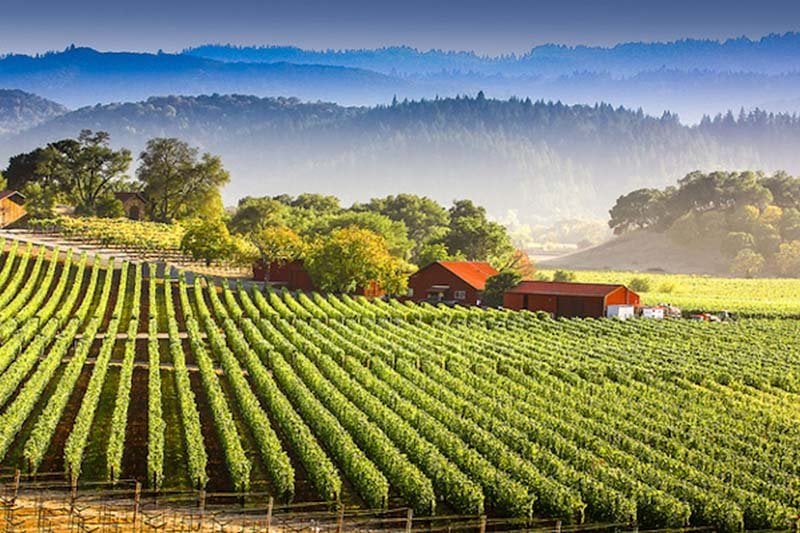
1990 was a good year for Napa Valley wine. Heavy rainfalls in late May resulted in lower yields. June and July were warm and dry that extended into autumn. The drought conditions and low crop yield ensured that Napa Valley Cabernet Sauvignon developed a rich character with good tannin. A year of fine wine.
Avg. Rating:
- Chardonnay: 90
- Cabernet Sauvignon: 94
- Zinfandel: 91
Drinking window: Drink
So, in essence, by comparing the various elements that affect grapes’ growth, you can review the grapes harvest quality and select the best wines from each vintage.
Now, if you need help in choosing the finest bottles from among these vintages, here’s just what you need:
10 Best Wines From The Finest Napa Vintages
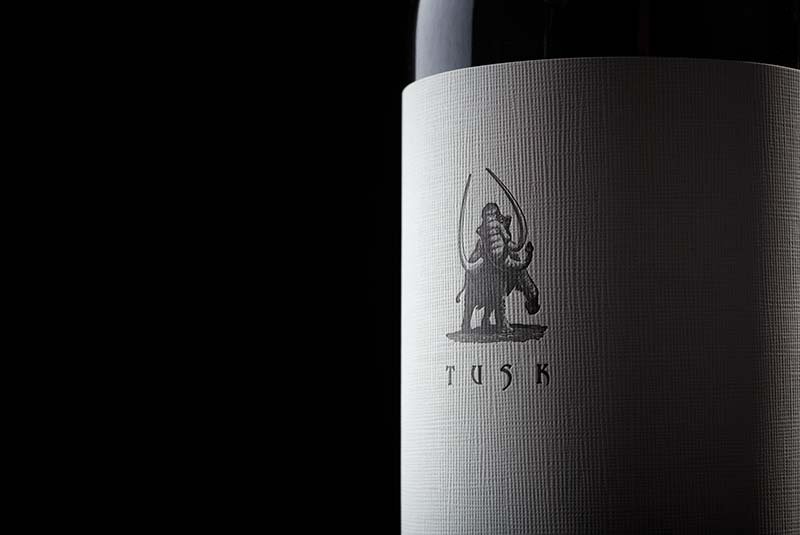
Here are the best wines from some of Napa Valley’s most sought after vintages:
- 1992 Screaming Eagle Cabernet Sauvignon ($22,564)
- 2013 Ghost Horse Vineyard 'Spectre' Cabernet Sauvignon ($5,295)
- 2013 Realm Cellars The Absurd ($1,685)
- 1994 Harlan Estate ($2,108)
- 2011 Tusk Estate Cabernet Sauvignon ($1,048)
- 2012 Screaming Eagle Sauvignon Blanc ($6,782)
- 2016 Promontory ($1,066)
- 1998 Duckhorn Vineyards Merlot ($120)
- 2017 Windvane Pinot Noir ($100)
- 2011 Duckhorn Vineyards Cabernet Sauvignon ($94)
Next, let’s look at how you can add a few of these wines to your cellar.
Invest In The Finest Napa Vintages Through Vinovest
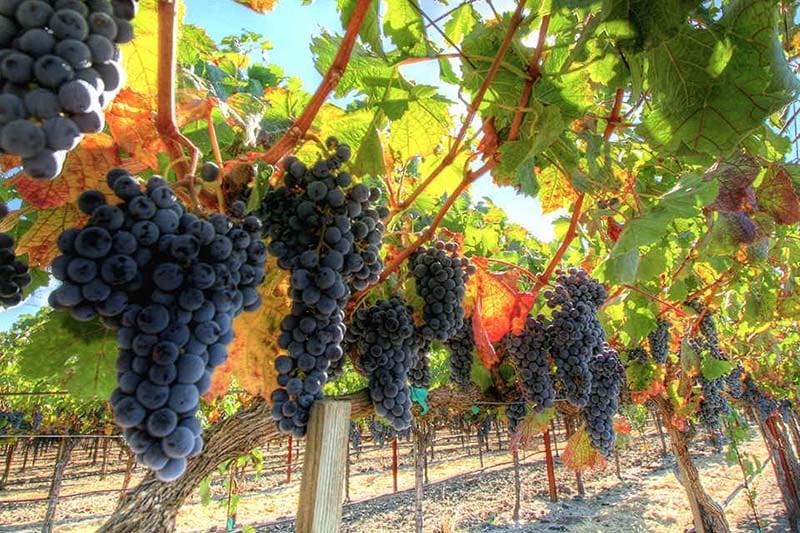
Napa Valley has no shortage of magnificent years. 1994, 1997, 2001, and 2016 are some outstanding vintage available.
If you’re looking to add a few delicious Napa Valley wines to their collection, look no further than Vinovest.
Vinovest is a leading fine wine investment platform offering the easiest way of buying, storing, and selling a Napa Valley Cabernet or wines from New Zealand to St Helena, and bottles that are critically acclaimed by critics like Jancis Robinson.
To conclude, all you need to do to add Napa Valley wines to your portfolio is sign up with the platform. Easily add a Napa Valley Cabernet Sauvignon, Pinot Noir, Sauvignon Blanc, or any other wine to your collection.
